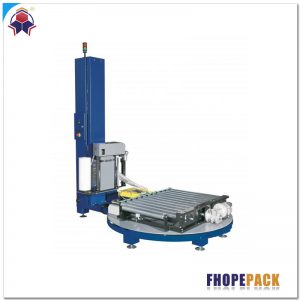
You know, if you make the hand packing pallets, you get a lot of problems.
Facing reality is what we should do. It is clear to us that machines can do more mechanical tasks than humans when it comes to tasks, but these machines are not doing well in the work that requires intelligence decisions. In a stretch packed world, the packaging of machines is much better than people’s manual packaging. It’s actually a lot better.
But companies around the world use their hands every day to pack goods, a staggering amount. Most goods can reach their destination without damage. But due to the lack of tight load, many companies fail in the transportation process. When this happens, they are isolated from vibration during the journey to their destination. Here, there are many recipients who reject the damaged goods, and we need to send them back to the manufacturer and throw them into landfills for worse results.
Operators are not as consistent as machines in packaging load, which is the biggest manual packaging problem. But to misunderstand what we mean is no good, it is possible for an operator to pack a few good loads in a row, but every time we do it is very difficult.
The process of fixing the load to the tray is another challenge facing manual packaging. When the load state is insecure, and they may occur from the tray down, load and damage to the secondary and primary packaging is the need to do it again, sometimes even within the product. It’s rare if people want to bend down, you can drag the movie to the bottom of the tray, over and over again.
If a thin film is wrapped in a hand, it can be put to the bottom and there is a risk of failure. When the forklift picks them up, we can see that these loads can happen very badly. The film is pierced by a fork. Sometimes, we can go to some of the areas where it’s been punctured and its trend is diffuse, which makes the load vulnerable.
However, the load locks on the tray are the things that stretch wrappers can do, and those tight thin film cables are just an inch of the top of the tray. Now, let the fork have enough space without puncturing the film to achieve the purpose of picking up the load.